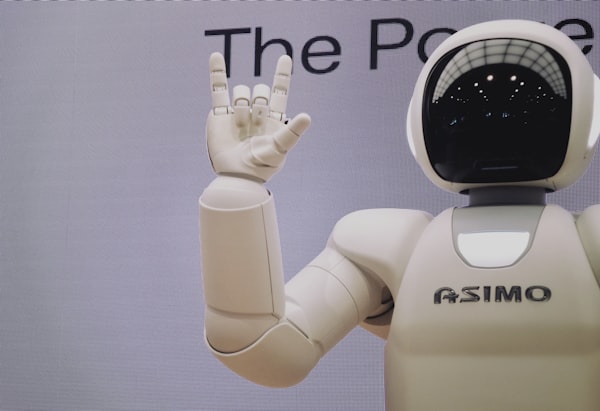What makes a device: Formulation of a hardware
A device copies the same characteristics as your body, which senses, decides, acts, and expresses. Also, like in nature, each device has developed to adapt to its surroundings and is specialized to function there. So, we design the devices to be able to stand by their environmental factors and function according to their duty.
To illustrate, let's take a smart thermostat. It senses the surroundings, decides and acts (or controls another device to act), and informs you using its display. This simple scheme is the same most of the time. Let's take the scheme apart and explain it further.
Sensors
Sensors are the eyes and ears of devices, providing data about the surrounding environment. As the physical world is analog, and the required data is digital, we convert analog to digital within the process.
Sensor element: This is the actual sensor itself. It adjusts its output voltage as the measurement it reads changes. For example, a light sensor's output voltage decreases when the light it absorbs increases. Or a temperature sensor's output goes high as the temperature rises.
Let's consider two things here. First, each sensor reacts differently due to the materials, so we must calibrate them in production. Second, most sensors are non-linear, meaning their measurement-voltage graph is slope-shaped. Therefore, we need a math function to determine what we are sensing.
Optional Controller and ADC: To read the measurement value, we connect the sensor's output to the microcontroller's analog input so the microcontroller converts the voltage to a digital number. However, some advanced sensor ICs include analog to digital converters (and optional logic circuits) inside the die. Those sensors connect to the microcontrollers with digital communication protocols, mostly I2C, I3C, or SPI. Those digital sensors optionally store factory calibration data, so we don't need a calibration procedure and a power management function for battery-powered scenarios.
Ultimately, sensors measure and tell the measurement differently but with the same logic.
Microcontrollers
A microcontroller is a miniature computer of the circuit. It connects with peripherals like sensors, actuators, displays, and communication interfaces, like connecting a USB device to our computers. Depending on their model, microcontrollers offer various connectivity options, generally shared via their pins.
We develop application code called firmware, build it, and deploy the binary output with a programmer (often called an in-circuit debugger). Then, when you power up the device, the microcontroller runs the firmware and manages the communication between the peripherals. A basic firmware reads the sensor, controls the actuators, and displays its status in a never-ending loop.
Like computer parts, manufacturers offer tens or hundreds of microcontroller models. When you know what you're looking for, selecting what you need is easy.
Actuators
When a physical action is required, actuators take the stage. They open and close circuits (like the light switches), control valves, adjust motor speed, and make anything that requires physical action. Let's expand a few actuator types.
Relays are electromagnetic switches that turn on or off devices or direct signals. Smart home controllers and industrial PLCs use relays to switch other devices; regulators use relays to maintain safe voltage, and advanced audio systems use relays to redirect sound signals to output options.
Motors add mechanical movement to the system. 3D Printers use motors to move their extruder precisely, industrial robots use motors to move their arms, and electric cars use motors to speed (and brake).
Solenoids: By moving in a single direction, solenoids add rapid-action capability. An automatic door uses a solenoid to unlock itself, valves use solenoids to control liquid flow, and industrial robots use solenoids to punch.
As actuators require much more current than a microcontroller supply, we use transistor circuits or motor controllers to drive them.
So, actuators enable devices to control physical objects.
User Experience
User experience consists of how a person interacts with the device and how the device becomes a part of people's lives. The parts of the user experience are displays, buttons, microphones, sound, and similar elements. UX is becoming much more important as devices get more processing power at minimal power consumption.
In summary, combining those parts and the logic inside the microcontroller makes hardware an actual device. They enable more intelligent homes, efficient industries, and connected things, pushing the boundaries of what's possible in our interconnected world.



